Communication > Study Notes > MGB225: INTERCULTURAL COMMUNICATION & NEGOTIATION. Week 10 (All)
MGB225: INTERCULTURAL COMMUNICATION & NEGOTIATION. Week 10
Document Content and Description Below
MGB225 INTERCULTURAL COMMUNICATION & NEGOTIATION Week 102 Lecture learning objectives Discuss what is communicated in a negotiation Explore how parties communicate in negotiation Ev... aluate ways to improve communication in negotiation Communication & e-communication in negotiation3 Basic communication model Message in Medium Receive and Interpret Communicator B Encode with language Message in Medium Receive and Interpret Communicator A Encode with language (Lewicki, Saunders & Barry, 2011)Decoding 4 Decoding can be defined as the process by which messages are put into symbolic form. True False (Lewicki, Barry & Saunders, 2011)Intercultural communication process 5 Sender Encodes Meaning (Deresky, 2011) Receiver Decodes Meaning Medium Message Noise Culture Feedback6 Culture & communication: A model Culture 1: Sender’s normative beliefs about appropriate communication behaviour Culturally compatible communication style Sender’s communication style Culture 2: Receiver’s normative beliefs about appropriate communication behaviour Culturally compatible communication style Receiver’s communication style Other influences on communication processes (Steers, Sanchez-Runde & Nardon, 2010)7 Communication in negotiation • Communication processes, both verbal and nonverbal, are critical to achieving negotiation goals and to resolving conflicts. • Even parties whose goals are compatible or integrative may fail to reach agreement or reach suboptimal agreement • Negotiation is a form of interpersonal communication that is achieved through words or statements, and nonverbal gestures or cues to vie for outcomesWHAT IS COMMUNICATED IN NEGOTIATION Offers, counteroffers, and motives • Affiliation motive vs. power motives Information about alternatives • Politely and subtly Information about outcomes • Cautious about sharing the outcomes • Sharing after self-evaluation 8WHAT IS COMMUNICATED IN NEGOTIATION Social accounts • Explanations of mitigating circumstances • No choice • Explanations of exonerating circumstances • Positive motives • Reframing explanations • Short-term pain for long-term gain Communication about process • How well it is going • What procedure might be adopted to improve the situation 9Information about outcomes 10 Thompson, Valley, & Kramer (1995) found that winners and losers evaluated their own outcomes equally when they did not know how well the other party had done, but if they found out that the other negotiator had done better, or was even pleased with his or her outcome, then negotiators felt less positive about their own outcome. True False (Lewicki, Saunders & Barry, 2011)11 Relevant questions 1. Are negotiators consistent or adoptive in their communication patterns? 2. Does it matter what is said early in the negotiation? 3. Is more information always better?HOW PARTIES COMMUNICATE IN NEGOTIATION Characteristics of language • Logical level (proposals, offers) • Pragmatic level (semantics, syntax, style) • Cross-cultural & cross-gender miscommunication Use of nonverbal communication • Making eye contact, face or head gestures • Adjusting body position • Tone of voice • Nonverbal cues can be encouraging or discouraging of opponent’s statements or given priority 12Diverse goals 13 The more diverse the goals of the two parties, or the more antagonistic they are in their relationship, the lesser the likelihood that distortions and errors in communication will occur. True False (Lewicki, Saunders & Barry, 2011)WAYS TO IMPROVE COMMUNICATION IN NEGOTIATION Manageable questions • Causes attention or prepares the other person’s thinking for further questions: • “May I ask you a question?” • Gets information • “How much will this cost?” • Generates thoughts • “Do you have any suggestions for improving this?” Unmanageable questions • Cause difficulty • “Where did you get that dumb idea?” • Gives information • “Didn’t you know we couldn’t afford this?” • Brings the discussion to a false conclusion • “Don’t you think we have talked about this enough?” 14WAYS TO IMPROVE COMMUNICATION IN NEGOTIATION 15 Listening • Passive listening: Receiving the message while providing no feedback to the sender • Acknowledgement: Receivers nod their heads, maintain eye contact, or interject responses • Active listening: Receivers restate or paraphrase the sender’s message in their own language Role reversal • Negotiators realise that increasing understanding does not necessarily lead to an easy resolution of the conflict Managing conflict • Using direct vs. indirect confrontation styles based on cultural differences to find collaborative solutions16 Channels in negotiation • Communication is experienced differently when it occurs through different channels • Social presence (social bandwidth) distinguishes one communication channel from another • People negotiate through a variety of communication media – by phone, in writing and increasingly through electronic channels or virtual negotiations17 Face-to-Face • Fast tempo • Better flow of information leading to better decision-making • Verbal & non-verbal cues • Development of rapport & understanding • Higher satisfaction • Schmoozing can be part of the process E-Negotiation • Direct & to the point • Separate issues from personalities • Eliminate status differences • Lack of verbal & non-verbal signals • Lack of trust • Likely to end up in impasse • Challenging for anyone who does not speak that native language being used • Move too rapidly towards closureRESEARCH FINDINGS ON FACE-TO-FACE VS. E-COMMUNICATION • Face-to-face negotiation yields more integrative outcomes (no support) • Face-to-face negotiation is preferable to enegotiation in terms of time duration (support) • Soft tactics are more frequently employed in face-to-face negotiation & hard tactics are more frequently employed in enegotiation (support) • The sequence of the negotiation media affects both the negotiation process & its outcomes. Face-to-face negotiation prior to e-negotiation leads to more integrative outcomes (low support) 1819 Messages for Online Negotiators • Supplement e-mail messages with phone calls & face-to-face meetings • Set up ground rules for e-mail negotiations in advance • Keep each other in the loop throughout the negotiation process • Use e-mail to craft a series of proposals for your counterpart to consider • Speak up if you don’t understand what the other person has written (Asherman, 2010)20 Newer vehicles for dispute resolution Twitter, facebook & texting Are they worthy platforms to air private concerns? What are the opportunities & risks? What do you think could be done to improve dispute resolution in cyberspace?21 Special communication considerations for closure • Avoiding fatal mistakes • Keeping track of what you expect to happen • Systematically guarding yourself against self-serving expectations • Reviewing the lessons from feedback for similar decisions in the future • Achieving closure • Avoid surrendering important information needlessly • Know when to be quiet & refrain from making dumb remarks • Don’t nit-pick or second-guess parties who didn’t participate, but may review the bargaining • Try to be the one who writes the contract to conduct the deal & achieve clarity of purpose22 Takeaway message 1. Analyse verbal cues & adapt reaction to emotion 2. Avoid yes & no questions 3. Ask the other party to write the 1st draft of a contract23 APS (Make, 2007) framework24 Summary Placed communication in the context of negotiation by: • Discussing how negotiators communicate their own interests, positions & goals while trying to make sense of the opposition’s set Reminded that it is important to avoid fatal mistakes & be constructive to reach a satisfactory closure25 Tutorial this week • Negotiation simulation 5 (assessed) Next week Lecture: Ethics & best practices in negotiation Tutorial: Recap negotiations & obtain feedback on negotiation skills26 References Adler, R., & Towne, N. (1978). Looking out/looking in (2nd ed.). New York: Holt, Rinehart and Winston. Asherman, I. (2010, January). Make the Most of e-Mail Negotiations. Retrieved from www.asherman.com/downloads/news-2010-10.pdf Deresky, H. (2011). International management managing across borders and cultures (7th ed.). Sydney: Pearson. Drolet, A. L. & Morris, M. W. (2000) Rapport in conflict resolution: Accounting for how face-to-face contact fosters mutual cooperation in mixed-motive conflicts. Journal of Experimental Social Psychology, 36, 26-50. Ebner, N., Bhappu, A. D., Brown, J. C., Kovach, K. K., & Kupfer, A. (2009 ). You’ve Got Agreement: Negotiating Via E-mail. In C. Honeyman, J. Coben, & G. De Palo (Eds.), Rethinking Negotiation Teaching: Innovations for Context and Culture. (pp. 81-103). St. Paul, MN: DRI Press. Lewicki, R.J., Saunders, D.M., & Barry, B. (2010). Essentials of negotiation (5th ed.). New York: McGraw-Hill.27 References Make, Y. (2007). Principles and Tactics of Negotiation. Journal of Oncology Practice, 3(2). Maslow, A. (1970). Motivation and personality. New York: Harper & Row. Morris, M., Nadler, J., Kurtzberg, T., & Thomson, L. (2000). Schmooze or lose: Social friction and lubrication in e-mail negotiations. Group Dynamics- Theory Research and Practice, 6, 89-100. Steers, R. M., Sanchez-Runde, C. J., & Nardon, L. (2010). Management across cultures. New York: Cambridge. Thompson, L., Valley, K. L., & Kramer, R. M. (1995). The bittersweet feeling of success: An examination of social perception in negotiation. Journal of Experimental Social Psychology, 31(6), 467-492. Valley, K. L., Moag, J., & Bazerman, M. H. (1998). A matter of trust: Effects of communication on the efficiency and distribution of outcomes. Journal of Economic Behavior and Organization, 34, 211-238. [Show More]
Last updated: 1 year ago
Preview 1 out of 27 pages
Instant download

Instant download
Reviews( 0 )
Document information
Connected school, study & course
About the document
Uploaded On
Feb 02, 2020
Number of pages
27
Written in
Additional information
This document has been written for:
Uploaded
Feb 02, 2020
Downloads
0
Views
75

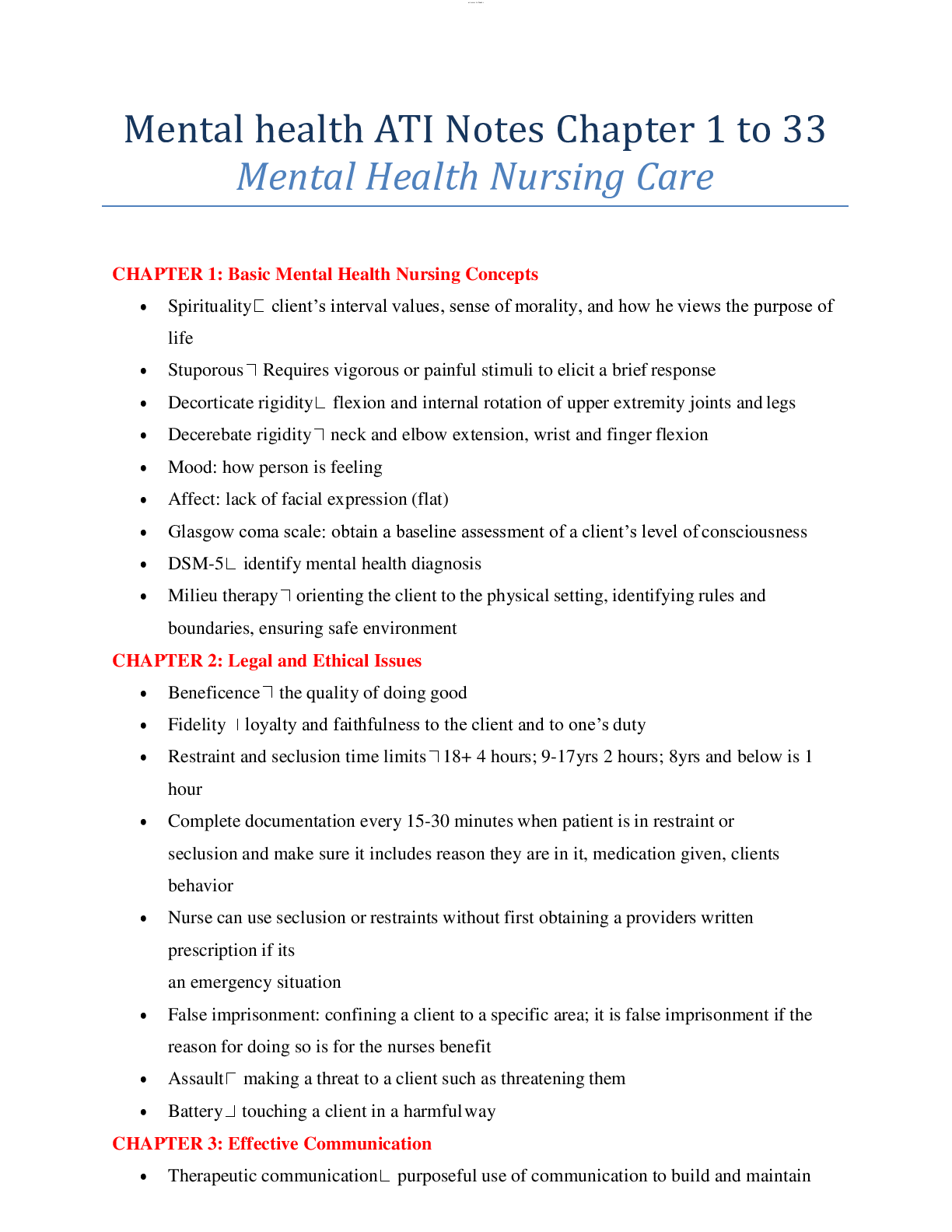

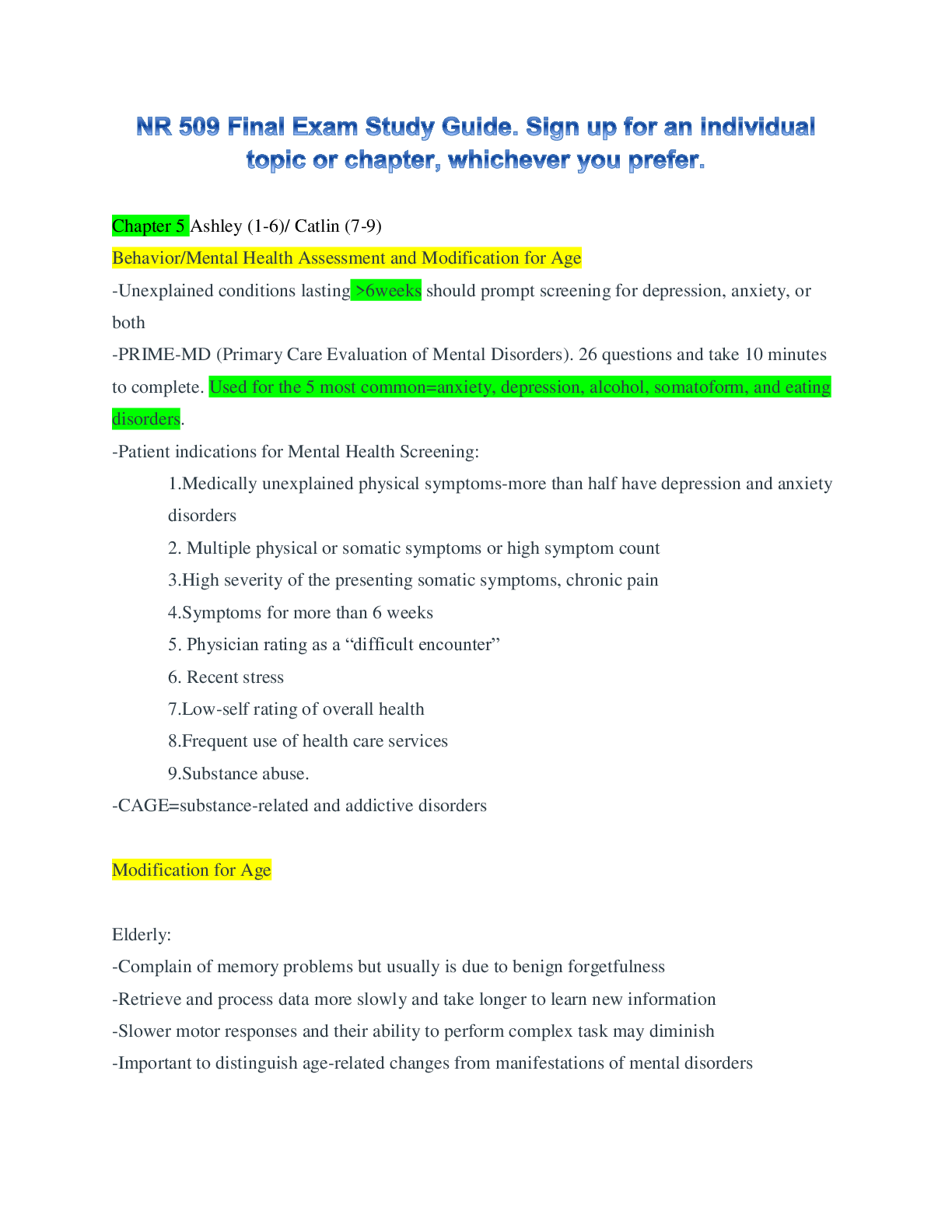


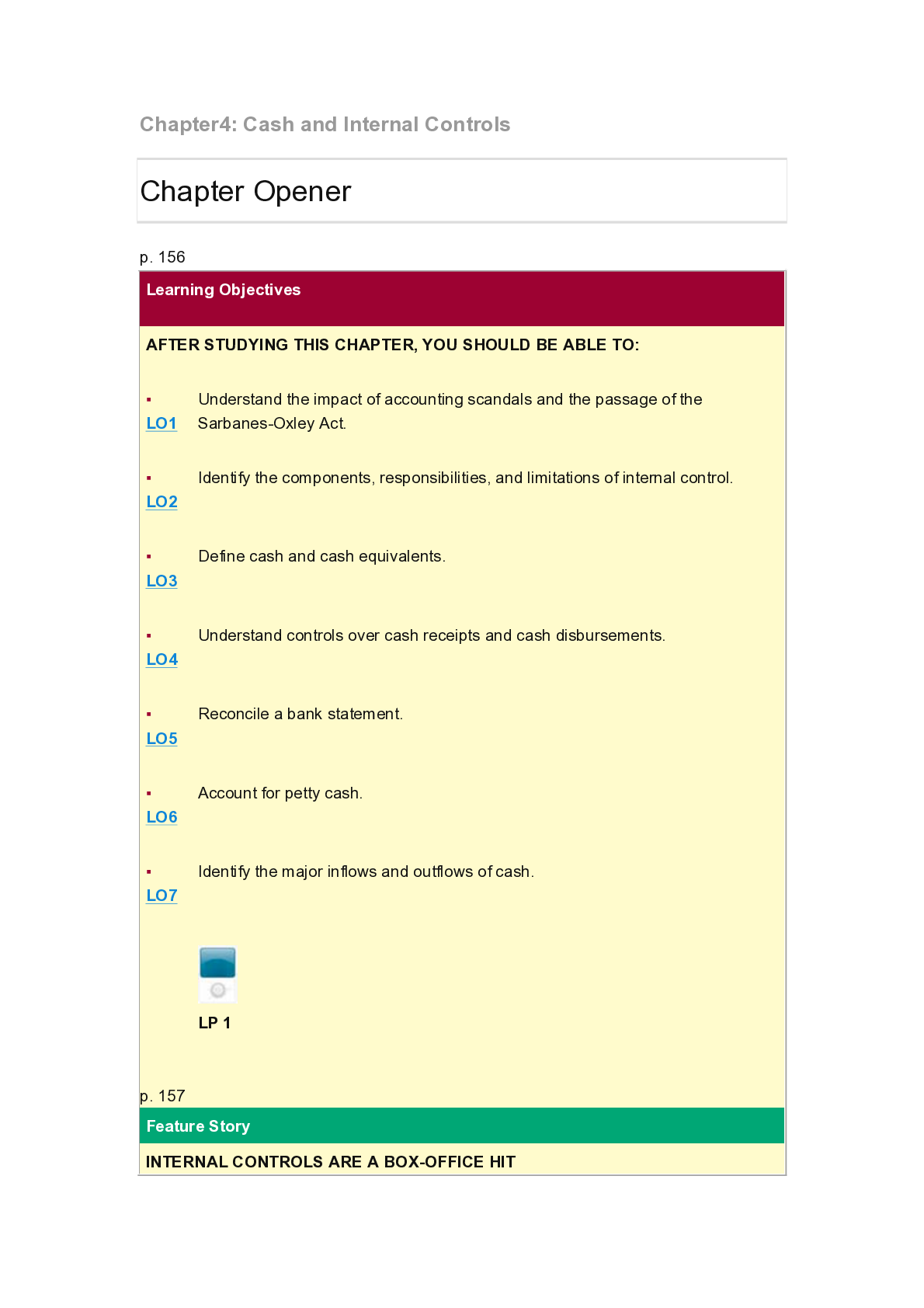
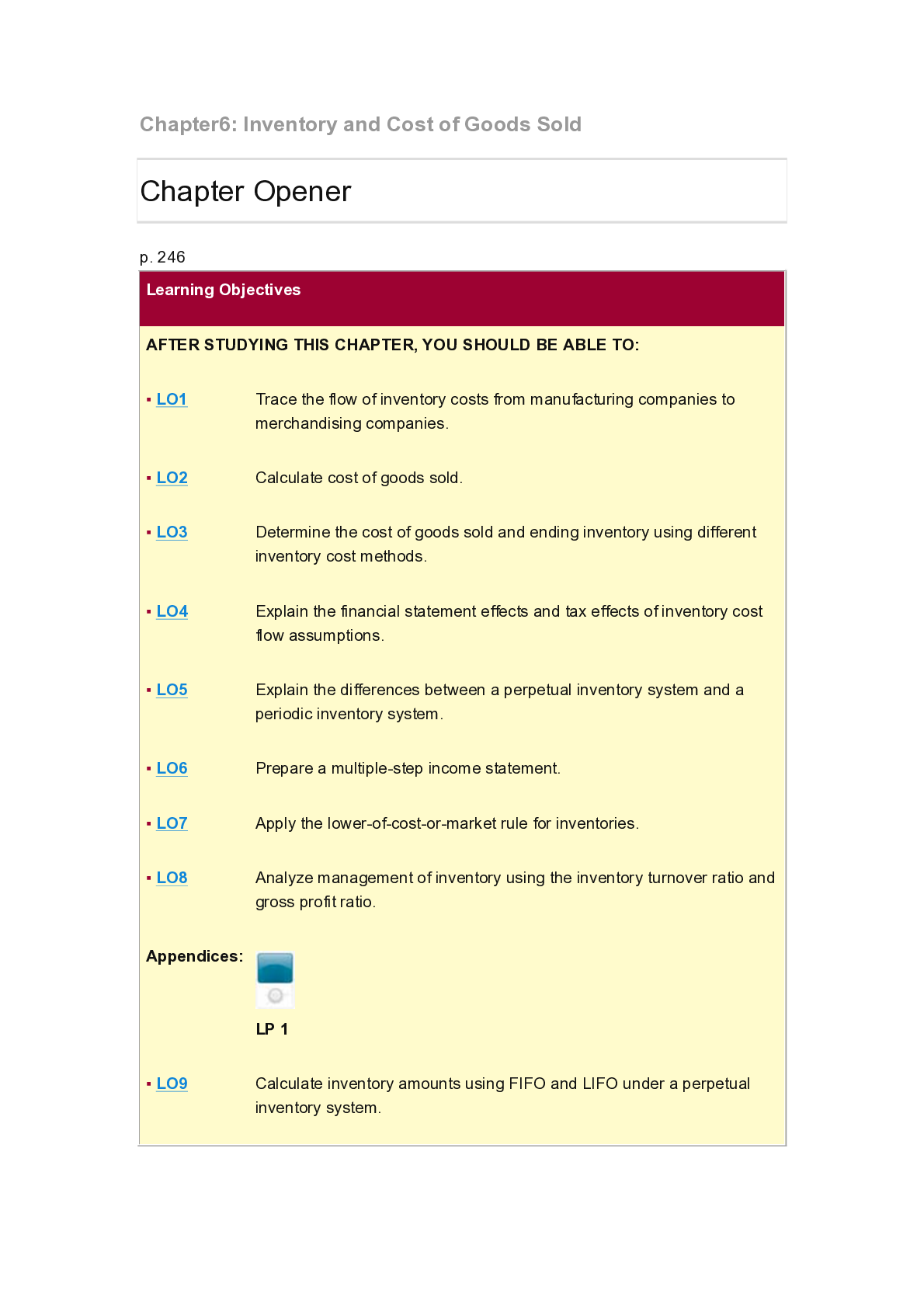
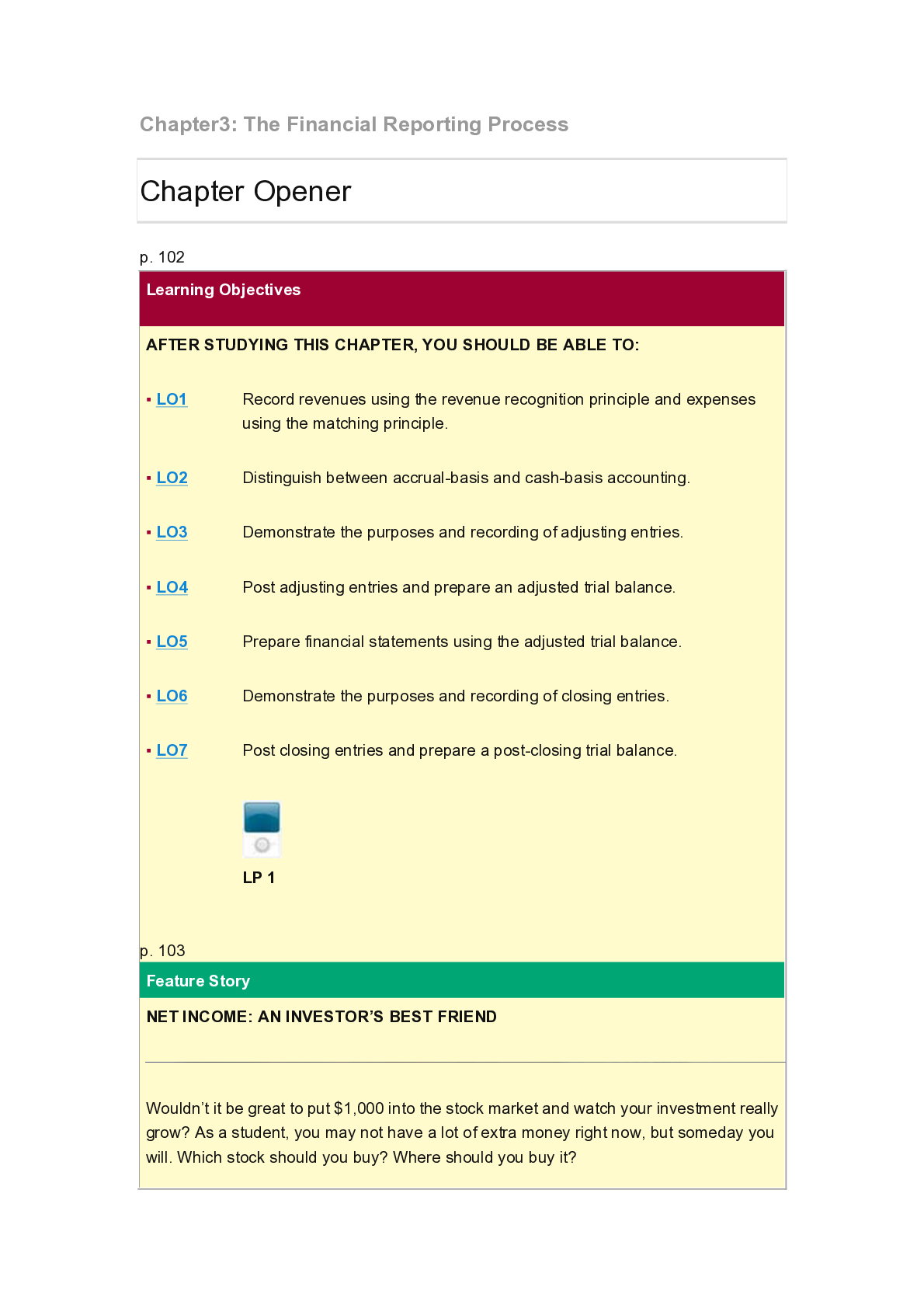
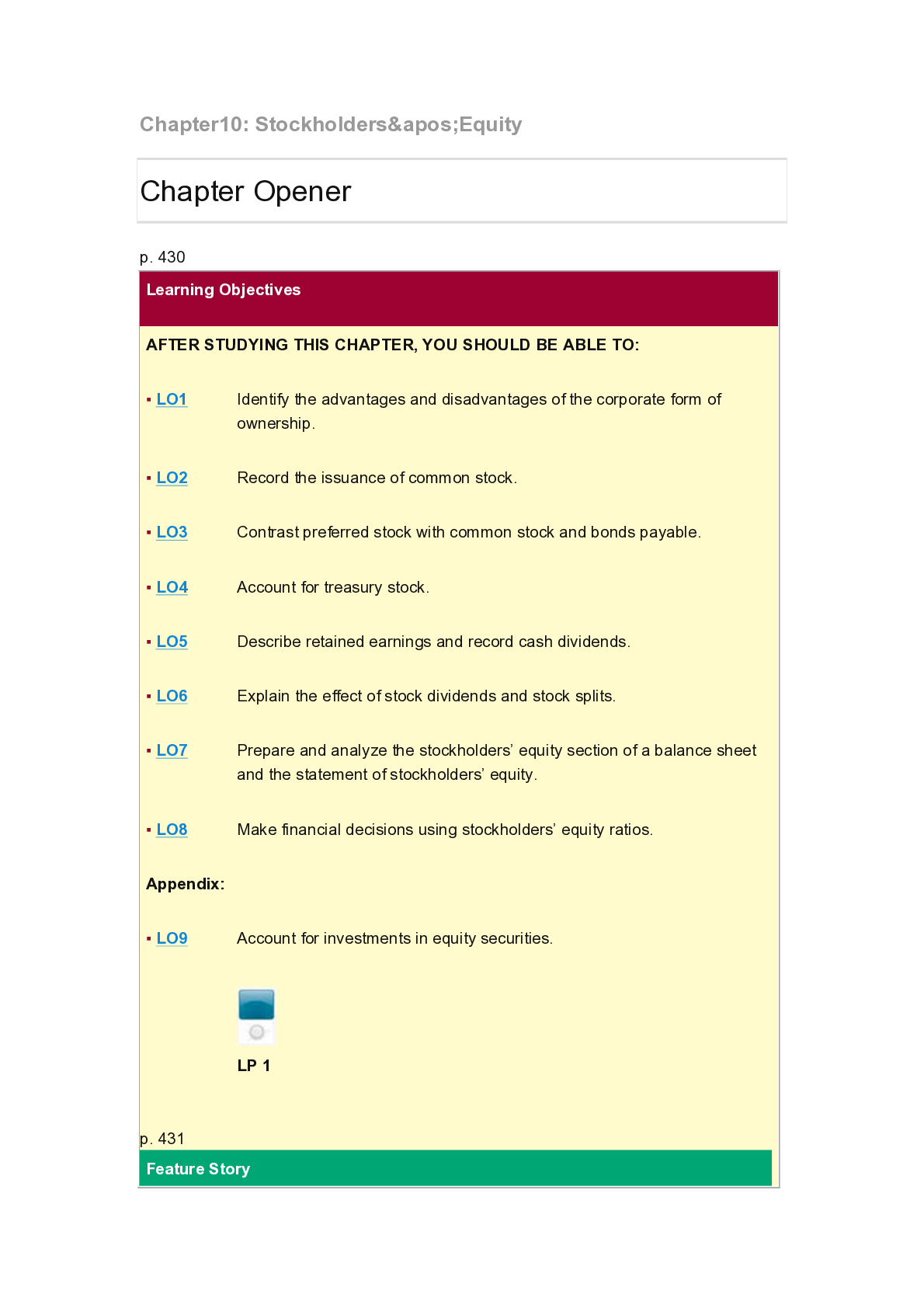

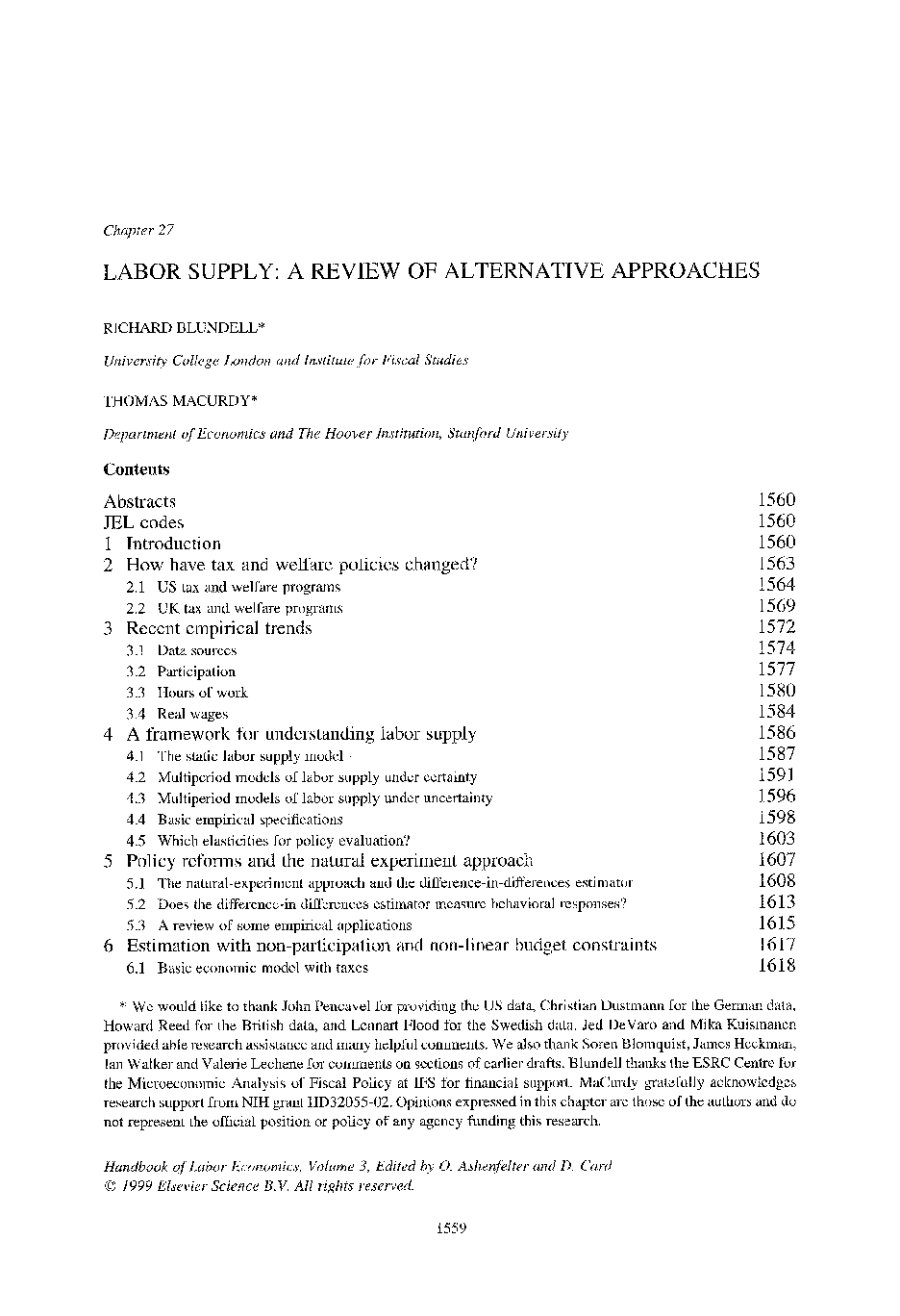

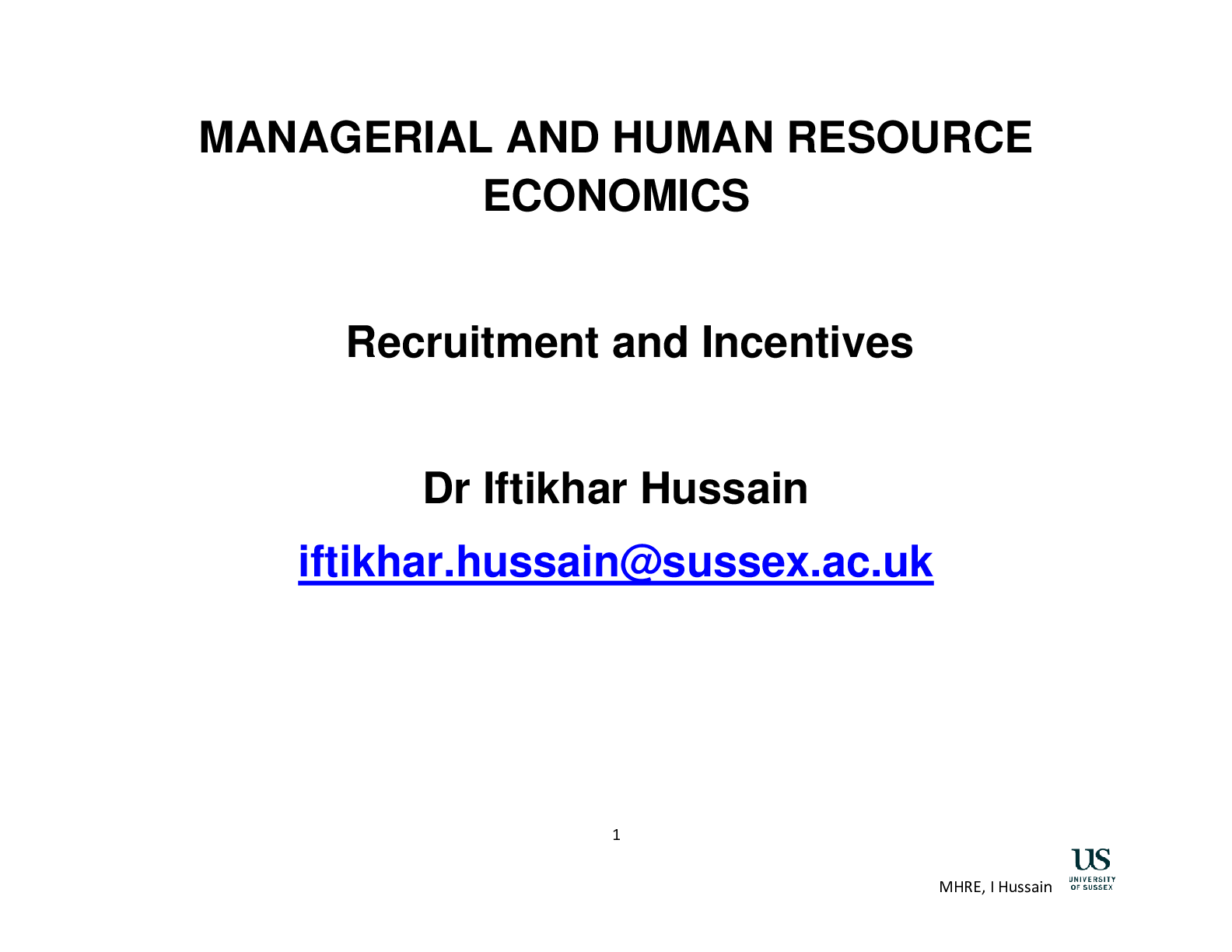

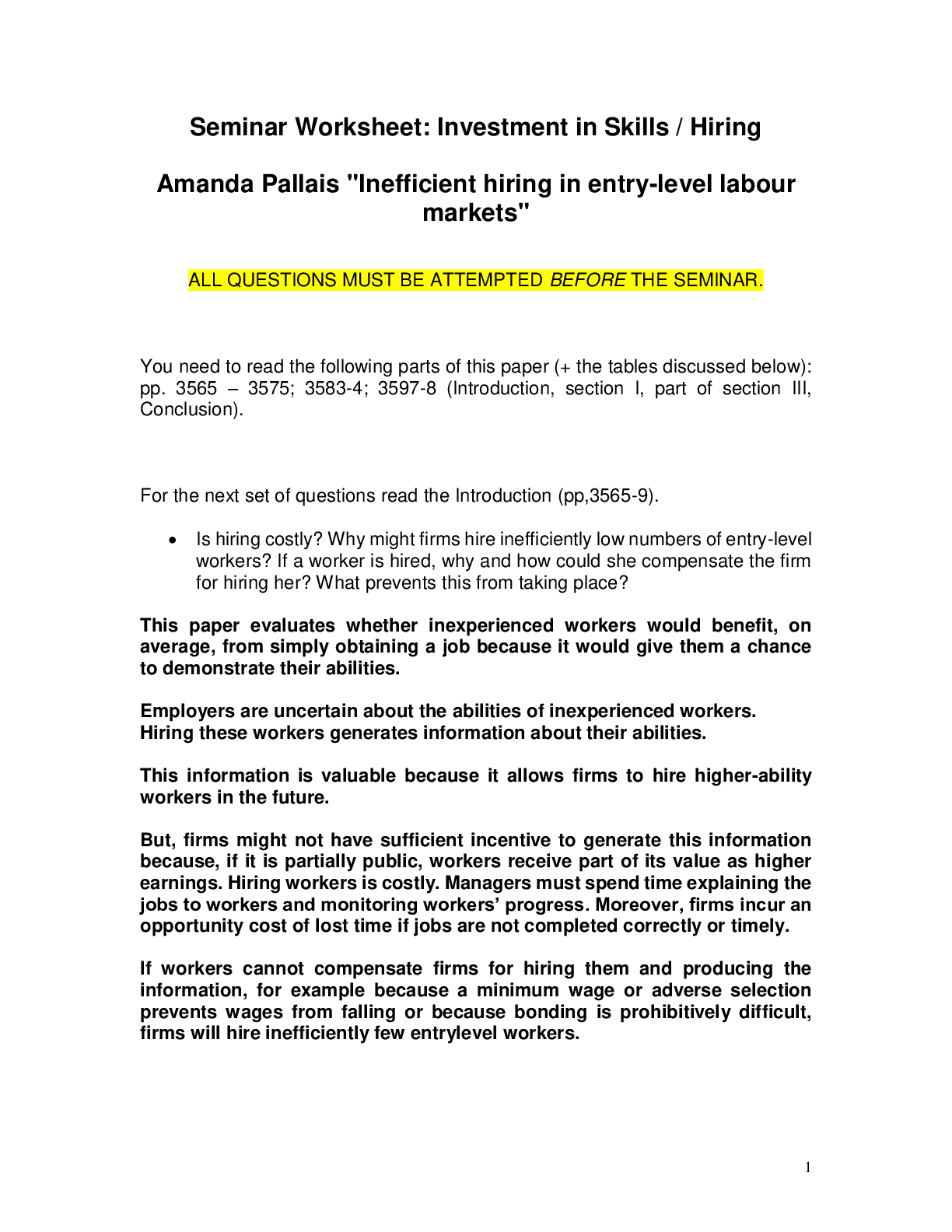
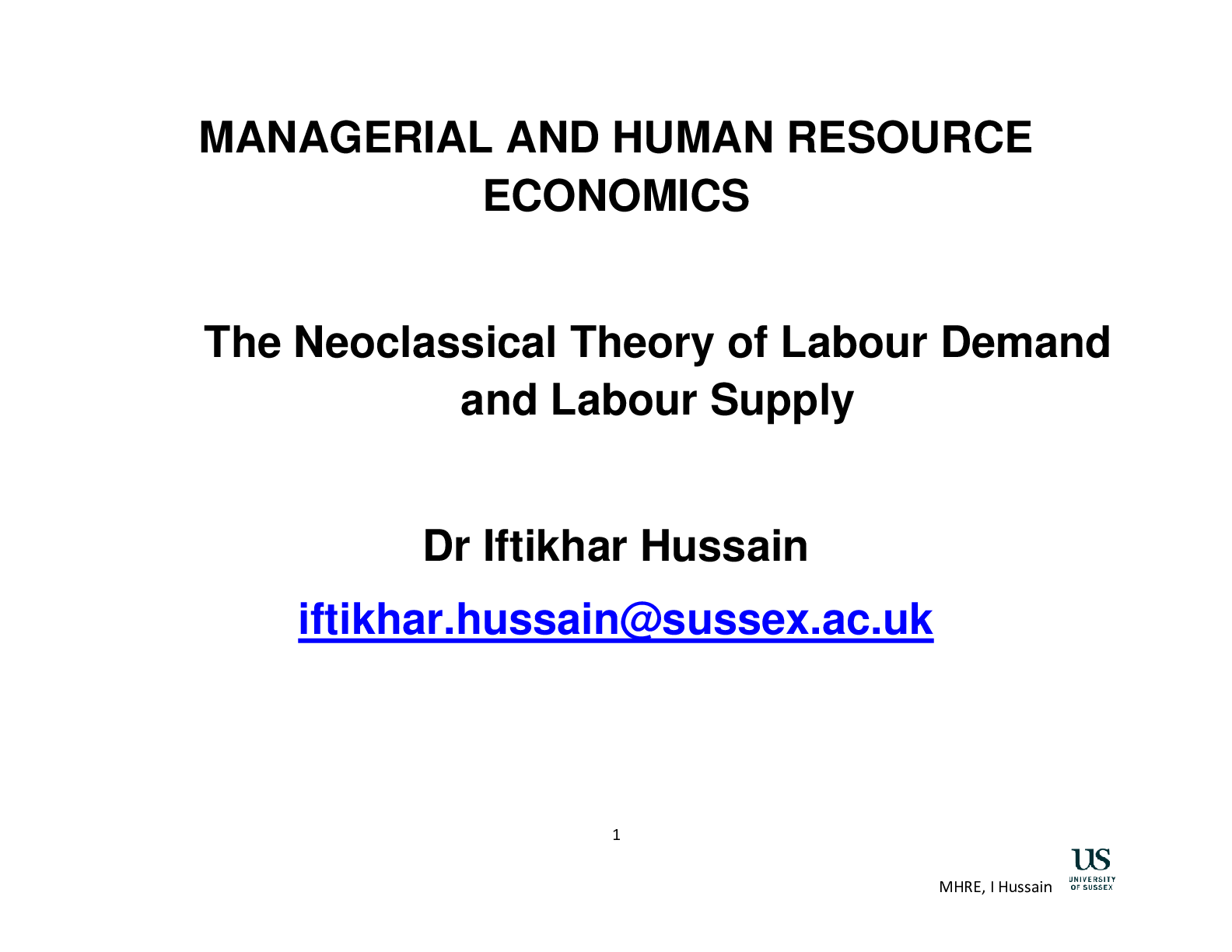

.png)


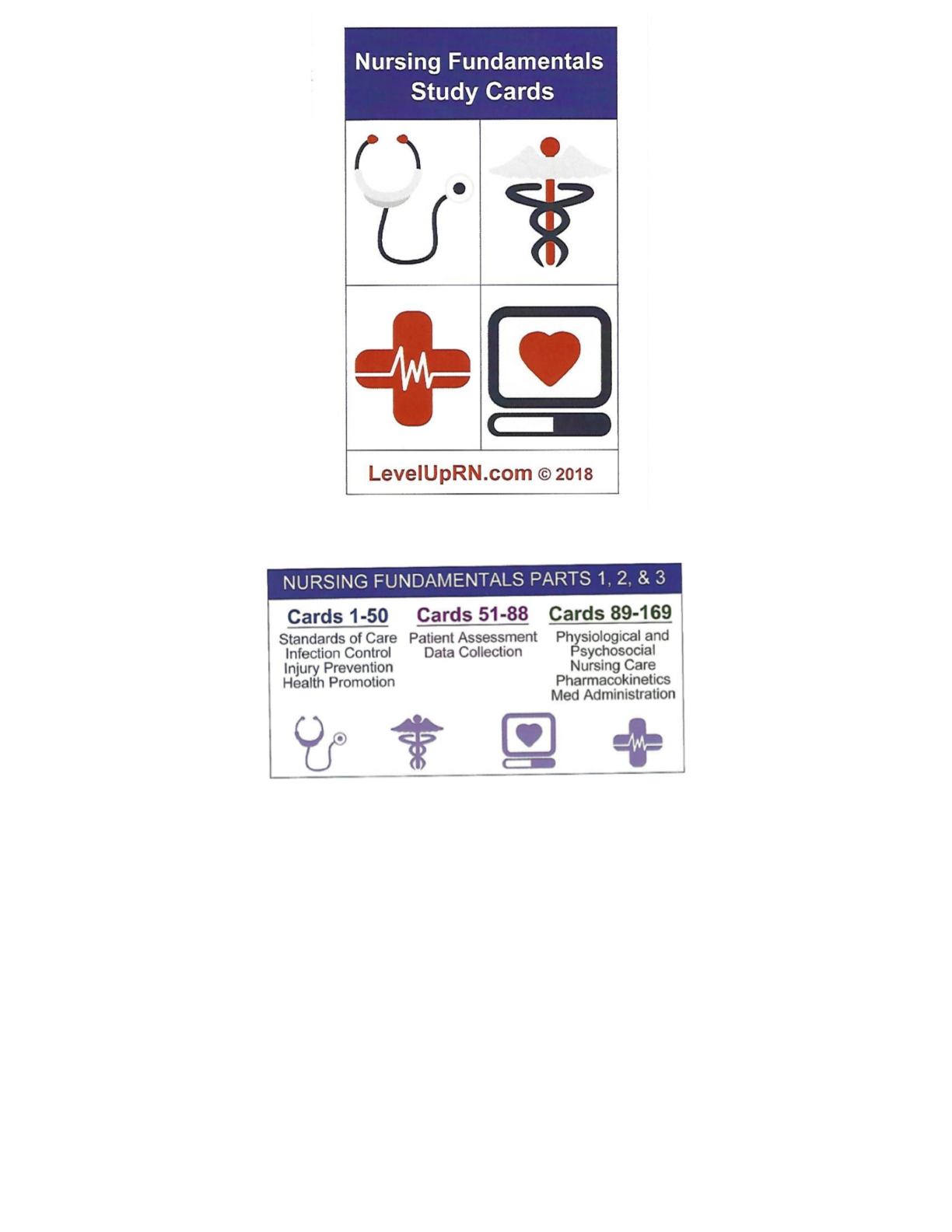

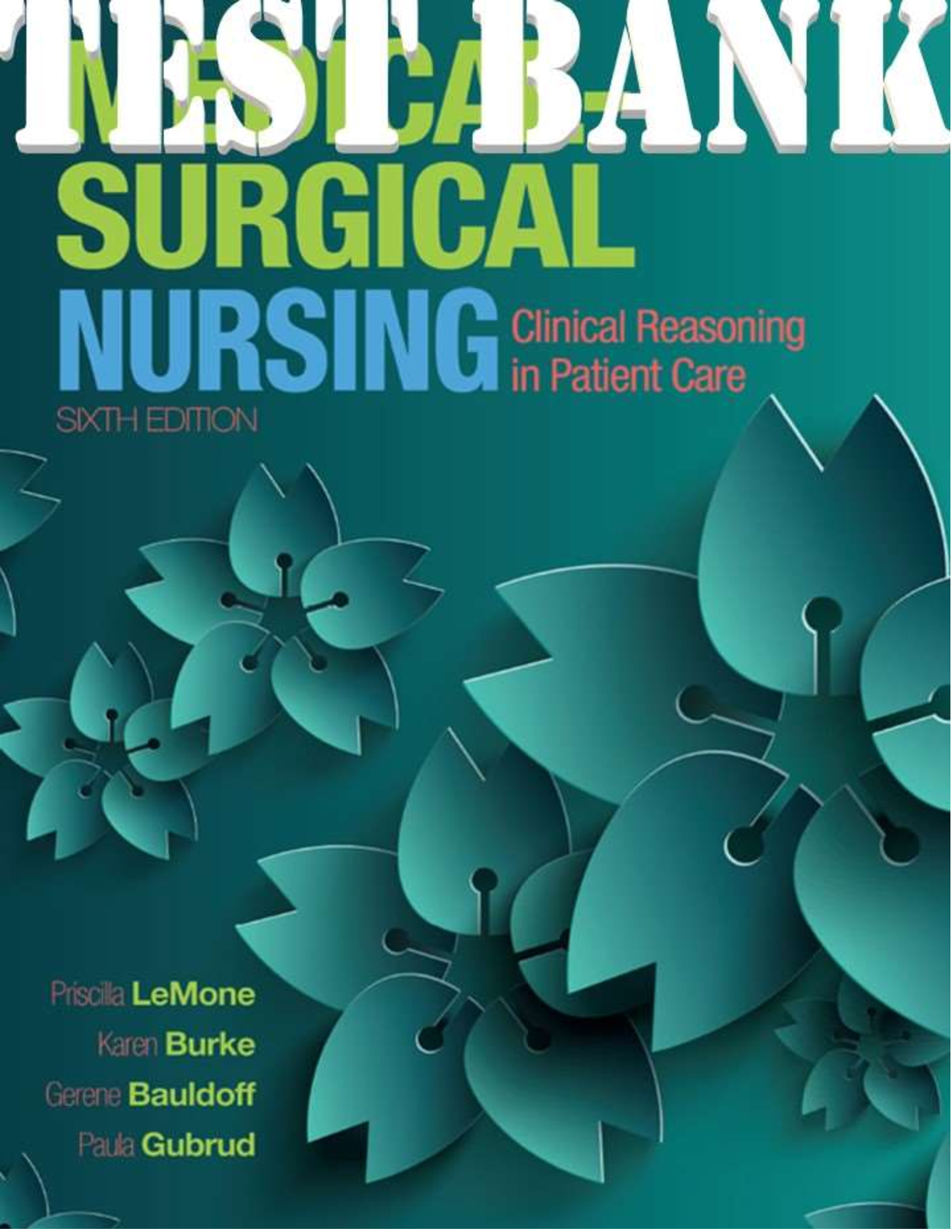
.png)
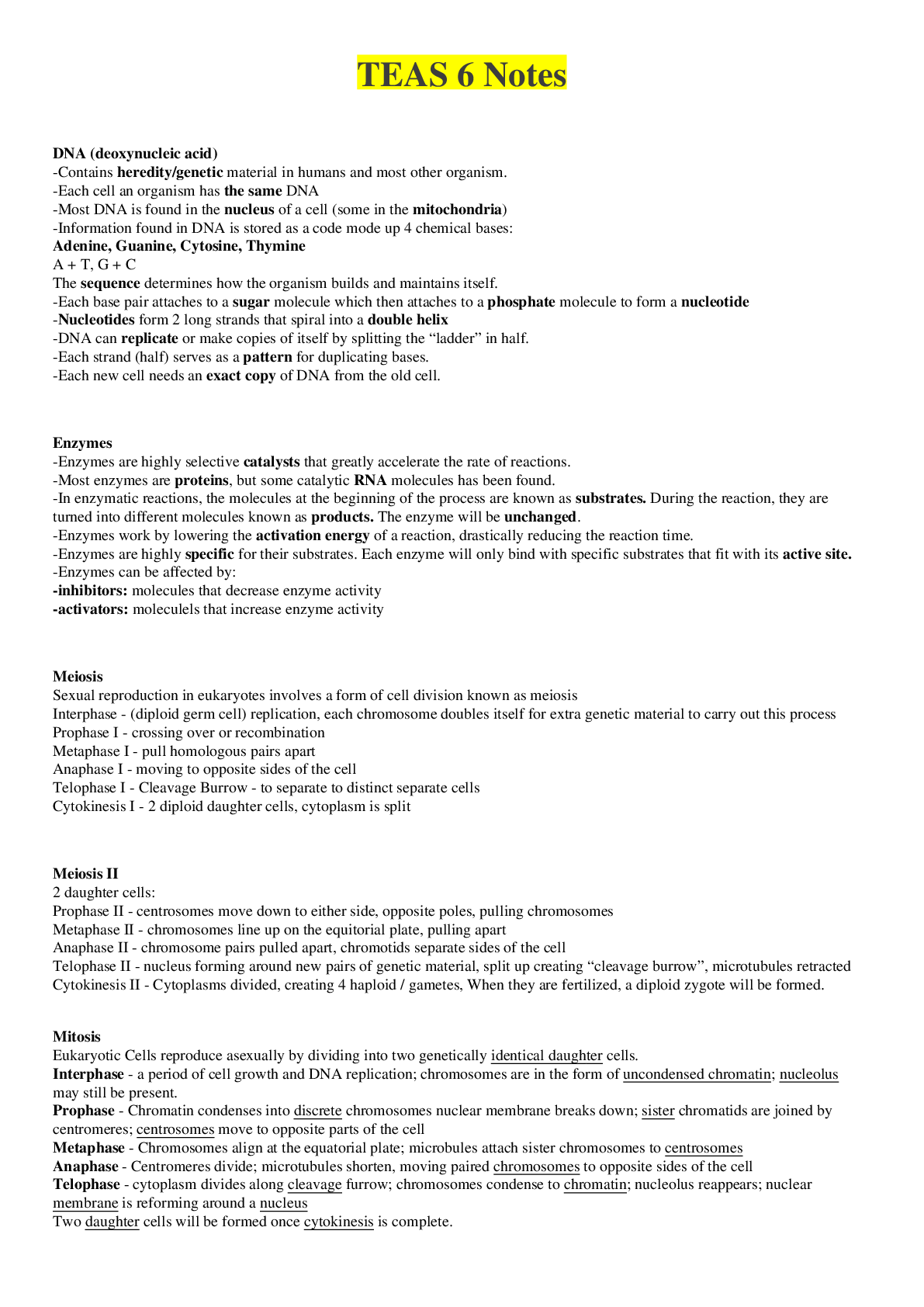

How Do Geographically Dispersed Teams Collaborate Effectively Paper.png)








